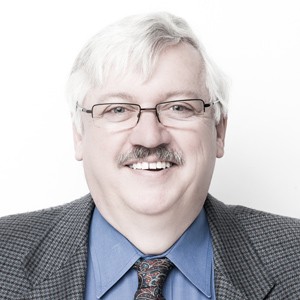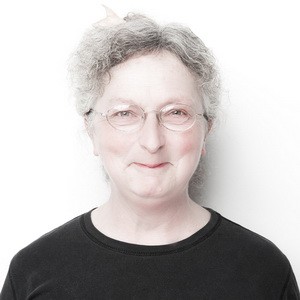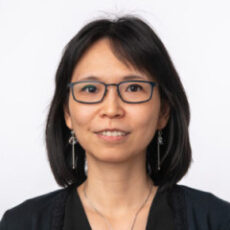Gold Rush of BC
Dr. Lorne HammondCurator of History (Retired)
Why did you want to become a historian?
When I was young we lived and vacationed among a mix of Etruscan, Roman and Renaissance sites and World War II battlefields in Germany and Italy. Right from the start history was about people, museums and art galleries, objects, books and physical landscapes. And I had great teachers.
How did you become a curator?
I moved from academic classrooms to the museum when my wife Monica spotted an interesting history job and I applied. They liked my mix of skills. I was very fortunate to be mentored by a deeply experienced staff and was immediately thrown into the busy world of collections, exhibits and work with the public.
How would you describe a typical day at work?
I was told when I was hired “you will never be bored”. That is still true. A day is a mix of public inquiries, email research questions, collections work, media requests, mentoring interns and work with docents on collections or public education training. A constant is the team work on projects across a wide variety of departments. No two days are exactly the same.
Colleen WilsonTextile Conservator
Why did you want to become a textile conservator?
I like to work with my hands. I like old things because they bring to mind stories of who used them in the past. I have sewn since I was eight years old and like the connection to other sewers through close examination of their work. Textiles are literally the fabric of our lives and the fabrics of the lives of people who have lived in other times and places.
How did you become a textile conservator?
I have a degree in history in art and did two years of postgraduate training at the Textile Conservation Centre at Hampton Court Palace in England. Conservation is a field where History, Science and Fine Arts intersect; a detective’s interest in physical clues, a chemist’s willingness to analyse and experiment and an artist’s eye for detail are all assets.
What does a textiles conservator do?
Conservators try to ensure that the physical evidence of the past is preserved. It’s one thing to read about the way people lived – seeing the tools they used, their toys and clothes is also informative. Artifacts are historical documents of a different kind, they communicate information that is not always written down. Although sometimes we work directly on artifacts such as the McInnes uniform, we also build mounts to support unusual shapes, we devise means to prevent careless handling and to filter light, moisture and dust, as all of those things can shorten the life of an artifact.
Dr. Tzu-I ChungFormer Curator of History
Why did you want to become a historian?
History has always intrigued me – I’ve wondered how people lived and acted, how the past informs the present, what utensils people used and what clothes people wore (and how it felt to wear those clothes). I’ve been especially interested in what people in the past thought and assumed (what they unconsciously accepted as normal, like social class, gender roles and perceptions of nature) about their lives and times.
How did you become a curator?
During and after my doctoral studies, my years teaching in American universities strengthened my belief in the importance of diversity and historical education, and my commitment to public outreach. My position as a curator at the Royal BC Museum is a remarkable opportunity to work with scholars and professionals in public outreach, educational programming and exhibits.
What does a curator do?
To curate means to care for. My job involves caring for, developing, displaying, studying and sharing our museum’s history collections and our province’s history. My work can be divided into three major areas: research, collection development and interpretation, and outreach.
I conduct research on the artifacts in our history collections to find out the stories behind them, and how these stories connect to our provincial, national and global history. I also evaluate donations to the Royal BC Museum’s history collection and make short-term and long-term plans and arrangements to acquire new items. And, to provide content and context for major exhibits, I select artifacts and write their stories.
My outreach activities include writing articles, giving lectures and doing tours for various groups, in order to share information about BC’s history and cultural diversity, our collections and our exhibits. I also respond to inquiries from the public and participate in conferences and community and scholarly projects.




